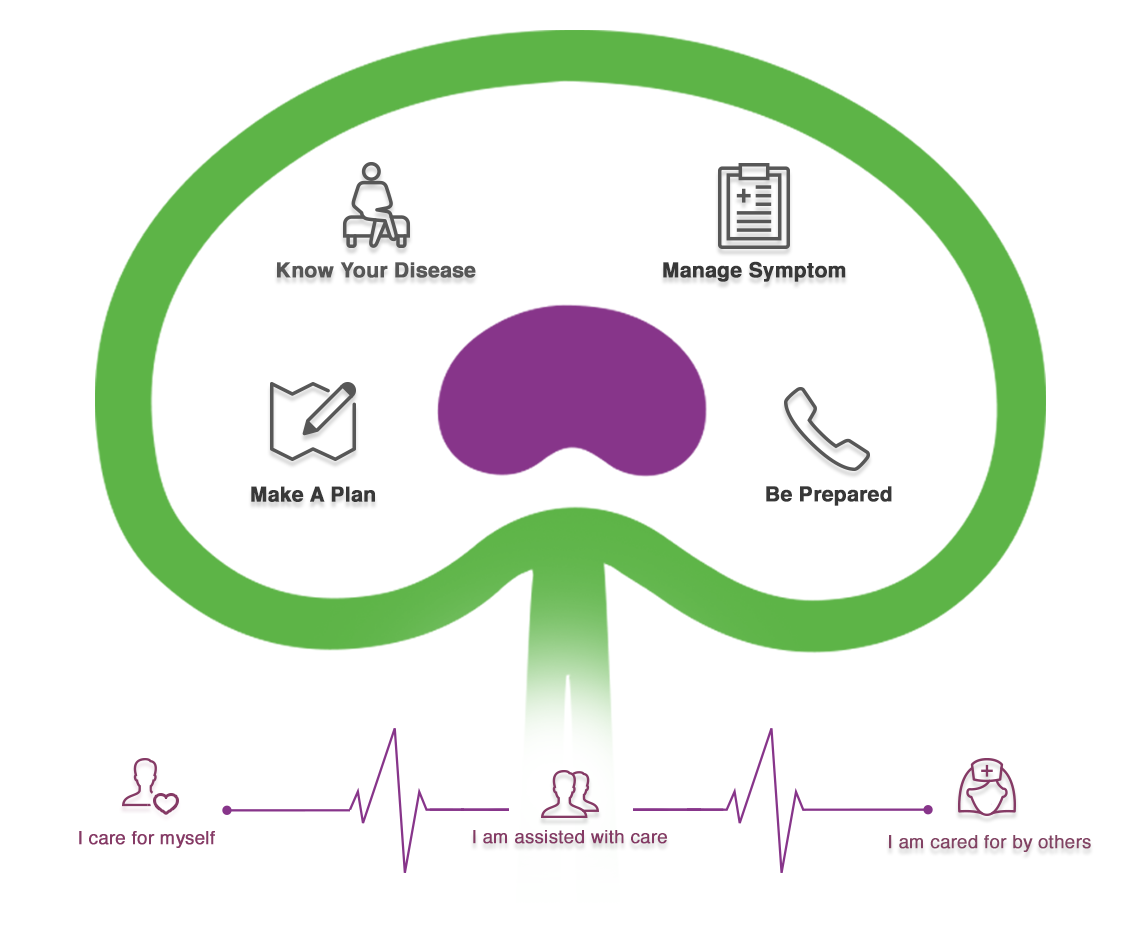Edema
Guiding Priniciple:
Edema is common in patients with ESKD. Edema in tissues can impact circulation, mobility, quality of life and wound healing. Pulmonary edema occurs when a patient is intravascularly volume overloaded; this can exacerbate the patient’s sensation of shortness of breath. Note that interventional guidelines do not replace individualized care and clinical expertise.
- Peripheral arterial insufficiency
- Heart failure
- Liver failure
- Severe skin conditions
- Thrombosis
- Lack of exercise
- Previous injury or surgical intervention
- Lymphedema
- Hypoalbumenia
- Malnutrition
- Medication (eg. amlodipine (Norvasc), sodium bicarbonate, sodium polystyrene (Kalexate))
- Encourage patients to elevate their edematous extremities above their heart whenever seated.
- Consider compression therapy (e.g. wraps and pressure gradient stockings).
- Encourage movement, as appropriate, to recirculate fluid.
- Consider dietary salt restrictions (if volume overloaded) (See: Sodium/Fluid Statement).
- Consider fluid restrictions (if volume overloaded).
- Consider regular weight and blood pressure measurements to help regulate volume.
- Consider a referral to physiotherapy and/or occupational therapy for support with edema management.
- See: Swelling Patient Handout
- Start or increase dose of furosemide (Lasix) (loop diuretic).
- Furosemide (Lasix) 20mg PO BID, up to 120mg PO BID for 2-5 days and re-evaluate.
- If the patient is experiencing pulmonary edema, see Breathlessness Guideline.
- See: End of Life Breathlessness Algorithm



